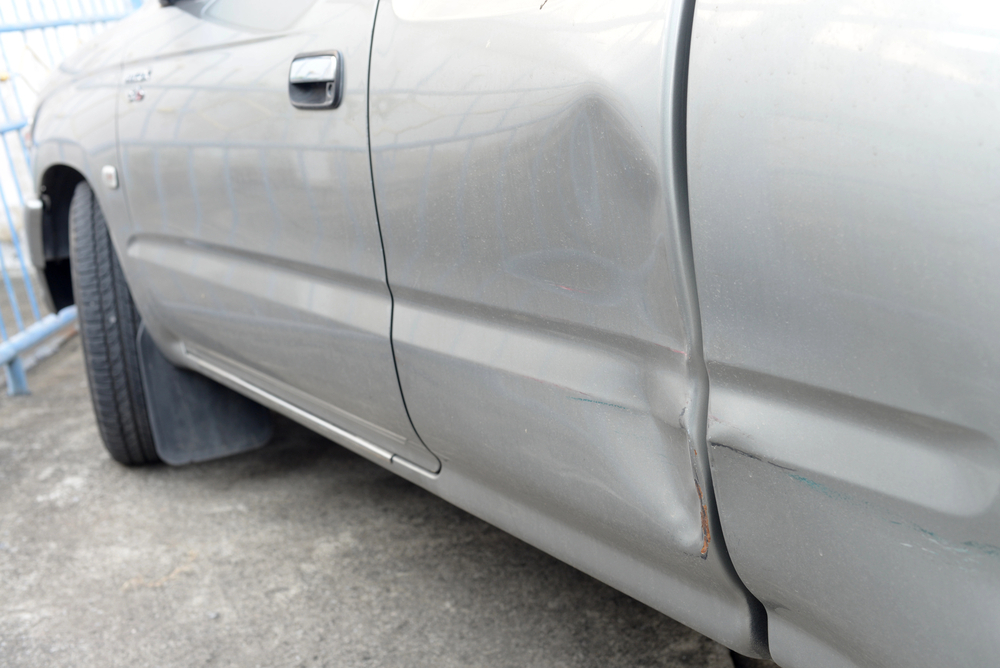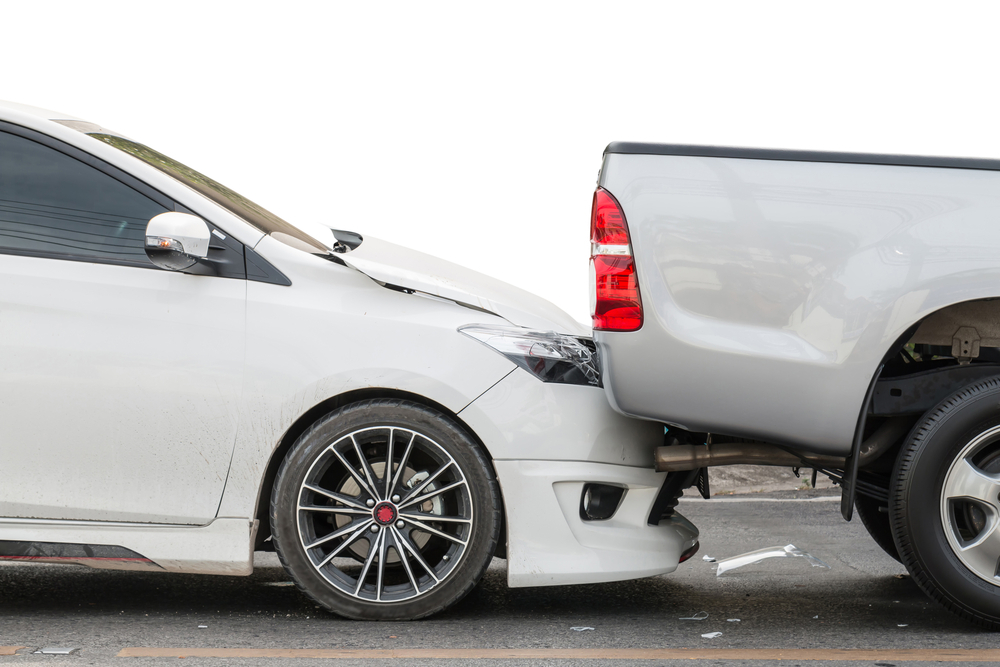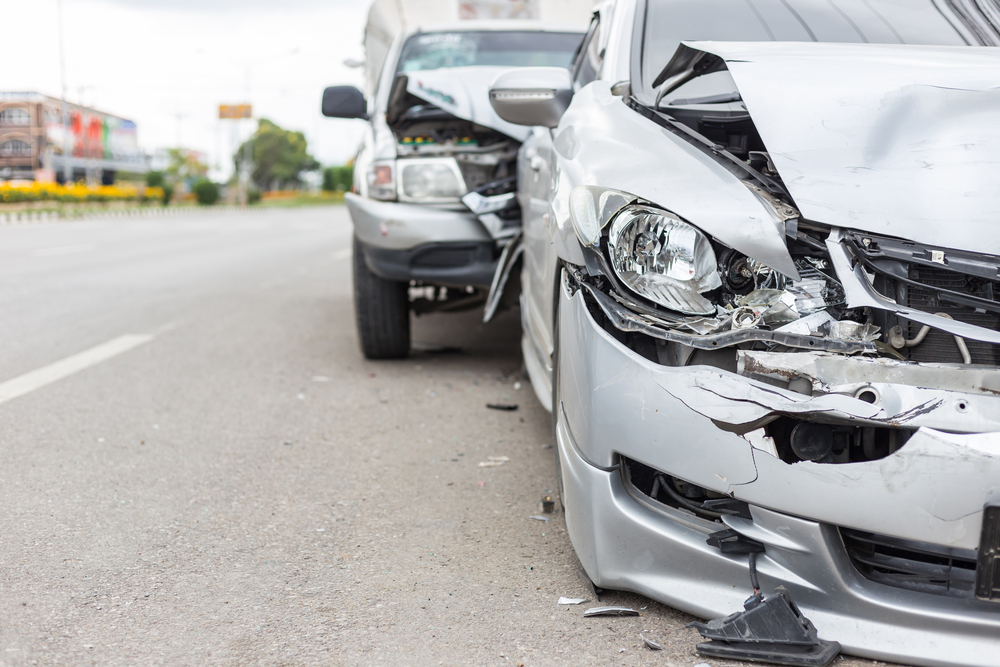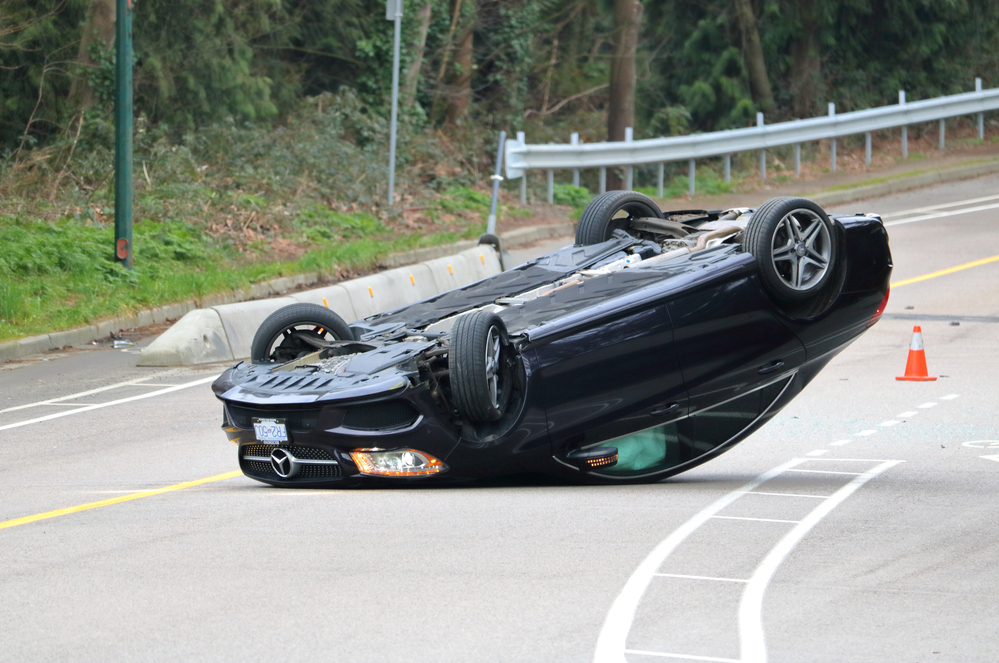The aftermath of a vehicular accident can be overwhelming. Amidst the chaos and uncertainty, the question of when to repair your vehicle may arise. While it may be tempting to delay repairs, believing the damage to be minor or hoping to avoid immediate expenses, such a decision can have significant implications. Let’s discuss how long you can wait to repair your vehicle after an accident in South Jersey. We will also delve into why delaying repairs may not be the best idea.
Key Takeaways
- Hidden damage can worsen over time. Seek assessment from Elmer’s Auto Body promptly to identify all damage accurately.
- Even minor damage can compromise your vehicle’s safety. Don’t delay repairs to prevent further risks.
- Adhere to insurance guidelines for full coverage benefits and to protect your interests.
- Timely repairs prevent issues like rust and mechanical damage from escalating into costly repairs.
- While repair costs are a concern, delaying repairs can lead to more expenses and depreciation of your vehicle’s value.
Should You Wait to Repair Your Vehicle After an Accident?
Delaying repairs on your vehicle after an accident might seem okay, but it can be problematic. Even if the damage appears minor on the outside, there could be major damage that you can’t see. Therefore, you should never wait. At least get your car assessed at a collision repair center like Elmer’s Auto Body in South Jersey to learn the extent of the damage.
How Long Can You Wait?
Now that you know that waiting for repairs is not ideal, let’s discuss some factors that will help you figure out if you can or can’t wait for those repairs. Remember: When it comes to repairing your vehicle after an accident, timing is crucial.
1. Assess The Damage
The aftermath of an accident can leave your vehicle with visible damage, but it’s what you can’t see that’s concerning. Hidden structural issues or internal damage might not be immediately apparent but can worsen over time if left unchecked. Seeking a professional assessment from a reputable collision repair center like Elmer’s Auto Body allows trained professionals to identify both visible and hidden damage, providing you with a comprehensive understanding of the repairs needed.
2. Consider The Safety Implications
Safety should always be paramount when deciding whether to delay repairs. Even seemingly minor damage can compromise your vehicle’s structural integrity and safety features. From weakened frames to malfunctioning airbags, delaying repairs could increase the risk of further damage or, worse, contribute to a more severe accident in the future. Don’t compromise on safety—address repairs promptly to ensure your vehicle is roadworthy and secure for you and your passengers.
3. Insurance Consideration
Insurance policies often include provisions requiring policyholders to mitigate damages promptly following an accident. Failure to do so could impact your ability to file a claim or result in reduced coverage for subsequent damages. By promptly initiating repairs, you not only comply with your insurance policy but also ensure you receive the full benefits of your coverage. Review your policy and follow the guidelines outlined to safeguard your interests and expedite the repair process.
4. Prevent Further Issues
Delaying repairs can open the door to a host of further issues down the line. What starts as minor damage can escalate into more significant problems if left unaddressed. Rust and corrosion can set in, mechanical components can deteriorate, and structural integrity can be compromised. By promptly repairing damage, you prevent these issues from snowballing into costly repairs and ensure your vehicle remains in optimal condition for years to come.
5. Financial Considerations
While the immediate cost of repairs may give pause, delaying repairs could ultimately prove more costly in the long run. Minor damage left unrepaired can lead to more extensive issues that require expensive repairs. Additionally, neglecting repairs can depreciate the resale value of your vehicle, impacting your return on investment when it comes time to sell or trade-in. Invest in the timely repair of your vehicle to protect both its value and your financial interests.
Contact a Collision Repair Center in South Jersey Today
Delaying repairs after a car accident in South Jersey is not advisable. Prompt repairs are beneficial because they ensure your safety and prevent any future damage from occuring. Your car is an investment, one that you want to protect. If you’ve been involved in an accident, don’t wait—contact Elmer’s Auto Body in South Jersey today to assess the damage and initiate the repair process promptly. Our team is full of certified technicians who will help restore your vehicle to its pre-accident condition.
Contact one of our three South Jersey locations or fill out the online form to schedule your appointment today.






